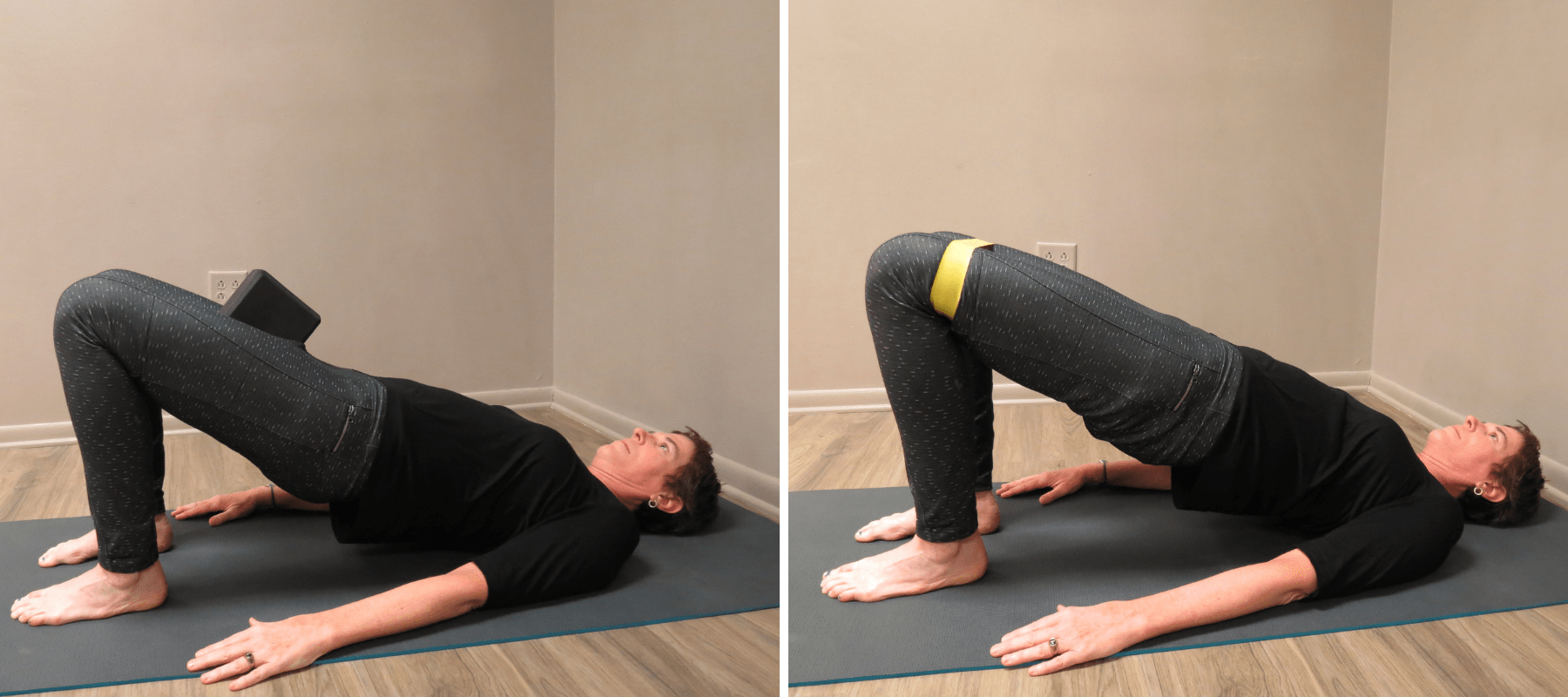At Andersonville Physical Therapy, one of our key treatment goals is to provide understandable feedback specific to our patients’ individual needs. We assess injuries and pain, but also lifestyles, habits, and alignment to ensure customized treatment plans will target the source of the problem. A big factor in this approach is making sure patients develop better body awareness—and learn how to change posture and movement habits for the better.
Recent research provides some new ideas for providing this feedback to our patients. For instance, “muscle memory,” which refers to learning a motor skill through repetition, is a misnomer. Research has shown that learning new skills or movements occurs mainly in the brain, not in the muscles. In other words, active learning is required to learn a new skill; the more present and focused patients are as they learn to move, the better they’ll learn.
At APT, we rely on two types of feedback to teach movement: augmented and intrinsic.
Augmented feedback comes from an external source. Examples are verbal instructions received by the physical therapist, cues in a yoga class, or the feedback provided by a golf instructor to help straighten a slice. It’s probably the type of feedback we’re most familiar with, and it’s helpful when patients are learning a new motor skill.
Intrinsic Feedback is information we receive internally—feelings from muscles, joints, and balance. Intrinsic feedback provides performance-related information while we’re in motion and directly involves the brain in interpretation. A baseball player can feel when he’s hit a home-run. A golfer can feel when she slices a drive to the right or hits a pure, straight shot down the fairway.
Examples of using a prop to increase Intrinsic feedback:
In patient sessions at APT and in take-home exercises, we use augmented feedback to model how the exercise should look and explain how it should feel, but we’ll also help patients recognize and benefit from intrinsic feedback. If we notice someone’s form is a little off, new research indicates it’s better to provide a prop than continually giving cues to the patient. This increases intrinsic feedback which in turn allows patients to recognize themselves when their exercise, yoga pose, or golf swing needs adjustment. Then we provide the tools to help them properly adjust. We’re finding this translates into better and more sustainable results from patients’ PT sessions.
At APT, our goal is to teach our patients proper form, so they can better understand what they’re feeling in a pose or exercise. This feedback is designed to develop better body awareness as they move through their day.


Comments